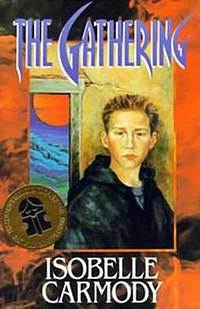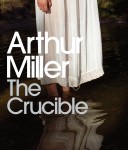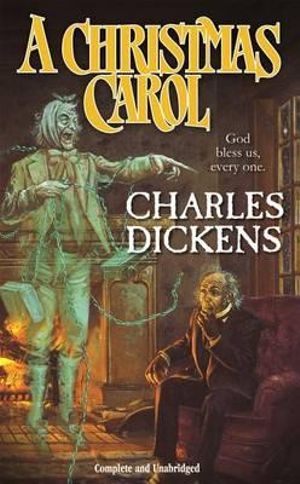This Resource is for students from Years 7-10 studying English and need to develop some creative skills in writing stories. Suspense writing is one option you should consider to help you get A+ for English.
What makes a story a page-turner, exciting from the first page?
A truly suspenseful book, short story, novella or other literary work is much like a theatrical performance. Just as a well-written and superbly acted drama keeps the audience on the edge of their seats until the curtain call, a suspense filled thriller should captivate the reader until the final word.
When you think about the last story you read that seemed to grab you by the throat and not let go, what exactly made it gripping?
Did you feel the excitement from the first page? Were the characters captivating? Was it the heart pounding events that took place? More than likely it was all of these things combined that made the story exciting.
I always judge a book by how late I stay up to find out what happens next. If I’m still wide awake at two in the morning, that’s a fantastic book. So, how do you keep your readers up to the wee hours of the morning? You have to get them hooked.
What Makes Us Keep Reading a Good Book?
- definitely the characters count for me, if I don’t like them then I don’t care what happens to them in the book
- the book proposes questions that need to be answered with a hook that doesn’t let go
- basically a mystery that drives me to find out the ending
- emotional intensity between being scared out of my wits to heart-broken
To make a suspenseful piece of work you need to use many techniques from playwriting
If you think of the most famous playwright, William Shakespeare, he understood the necessity to build up to a suspenseful climax by feeding his audience tidbits of information during the first and second acts of his plays. He would then finish his dramatic theatric piece by using the most emotionally-intense scene with the climax in the third act.
Making Your Characters Real
In any great play, there are characters with whom the audience can relate. Whether they are lovable or loathsome, viewers find some speck of familiarity or general humanity within them. This keeps the audience actively engaged. When you are writing your short story or novel, if your readers don’t like the people who populate the book, then they will not care less what happens to them.
So there is one really important point, you must give the readers a character that is fleshed-out and real so the readers can care about them
By making the readers care, you give them a reason to go on with the story and to find out what happens to this person you have created. The wanting to know keeps them reading.
The Setting Must Make Sense
Just as your characters must be realistic in your story’s world, so must your setting seem to make sense. Your readers must be able to see the universe through the narrator’s eyes, smell the odours, and hear the sounds. Without solid descriptions, your readers cannot become entangled enough in your work to truly enjoy the roller coaster of suspense. Take nothing for granted, tell your readers the setting and don’t assume that the reader understands your fictional world as well as you do.
The Plot Must Be Logical Not Impossible to Follow
It is difficult to build suspense if your plot is impossible to follow. Like a stage play, your plot must have some kind of logic to it. If it doesn’t, your readers might be too distracted by the complicated plotline to become involved in the suspense. It is more critical to tell the most important steps your characters have taken rather than describing every movement. Nothing spoils suspense for a reader like having to flip the pages of the book wondering, “Did I miss something?”
Build up to a Suspenseful Climax within your Fiction
Don’t spring a suspenseful moment on the reader without some kind of foreshadowing. It is a good idea not to start your work with an emtionally-intense scene. As in a drama, work your way up to a suspenseful peak. If you just keep hitting your readers with suspenseful moments without any context, you will only leave your audience perplexed, rather than engaged in the suspense.
Can you think of the last book you read that deeply affected you?
Emotionally charged books by Monica McInerney affect me. Many times I have shed a few tears along with the characters and laughed with them too. What was it that caused this effect? I know for me, it was the characters, their believability. However, it is really a combination of many things – characters, timing, plot and believability. A good idea is to re-read a book or story that had a strong effect on you. See if you can figure out how the author accomplished this. Pay attention to the different techniques the author used.
The Gathering by Isobelle Carmody

So many different techniques go into a suspenseful book. One of the most suspenseful and horribly graphic books I have read that affected me was The Gathering by Isobelle Carmody. I had to teach an excerpt from this book to a Year 10 Class. The section we were reading was very descriptive, horrific in its nature, intense and suspense filled. It affected me so much that I had to put the book down and walk away from it for a while to gather my thoughts before I could write up my lesson plan for class. If you have read The Gathering, then you will know the part I am referring to: chapter 26, pages 212-215 where Nathanial’s dog is burnt alive.
Carmody’s language techniques captivated and terrorised all at the same time
What I realised is that Isobelle Carmody crafted such a brilliant novel with clever use of language forms, features and structure that I was spellbound, captivated and terrorised all at the same time. The suspense is created by development of the mood from normal to foreboding and fear. The build up of terror is emphasised by Nathanial’s frantic attempts to get free from the boys holding him. Buddha is so evil he has poured petrol on Nathanial’s dog Tod. When the match is lit we know something horrible is about to happen. Is there some hope that Tod will survive? The end result is emotionally and physically shocking. Carmody achieved what she set out to do.





 What is a Fishbone Diagram?
What is a Fishbone Diagram?
